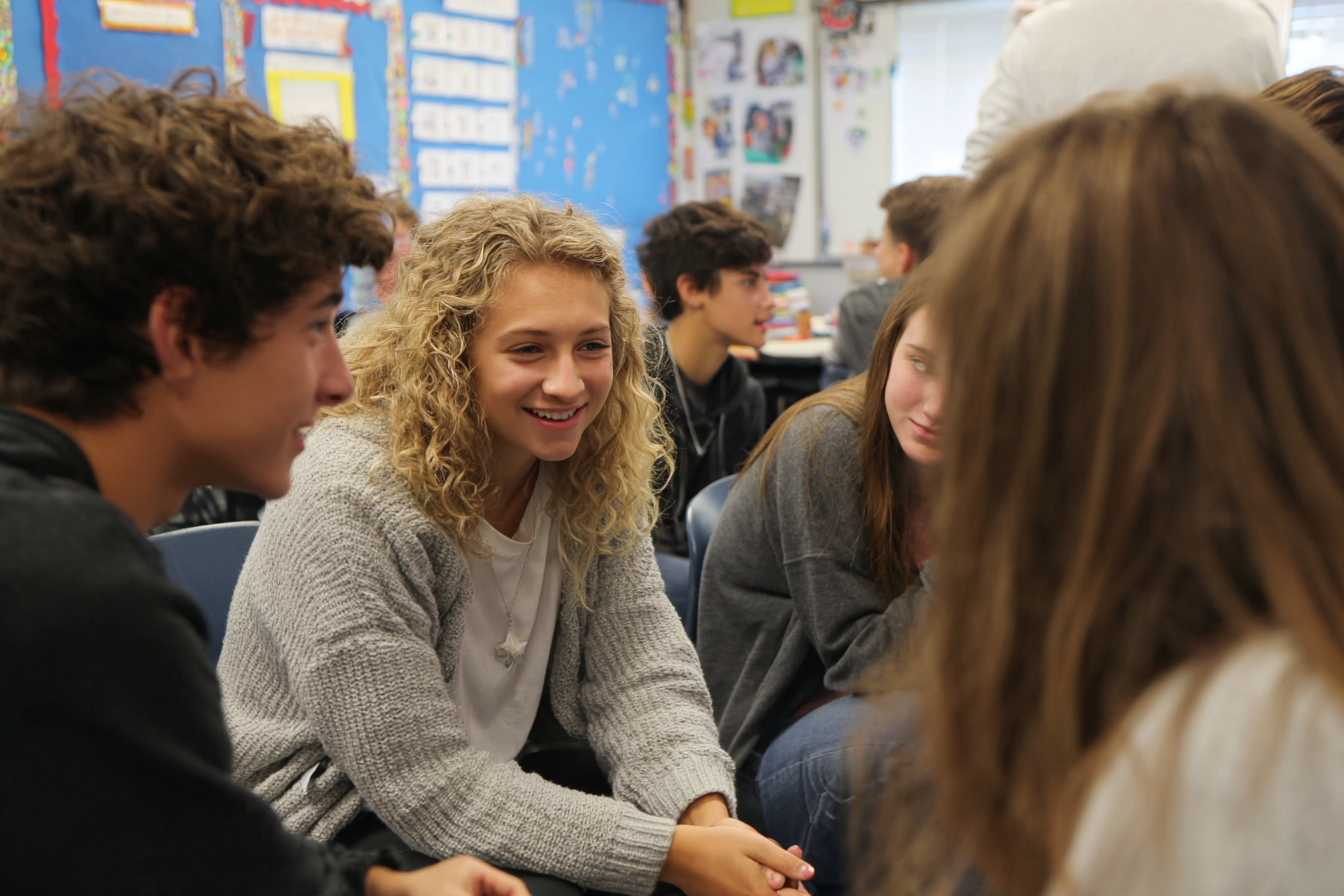Unit Plan 9 (Grade 8 Social Studies): Midyear Project—Creating an Independence Exhibit
Research and curate a public-facing “Independence Exhibit” that explains causes, effects, and global impacts of the American Revolution—using diverse primary/secondary sources, evidence-based claims, balanced perspectives, and clear citations.

Focus: Research and present causes, effects, and global impacts of the American Revolution through a curated public-facing exhibit (panels, artifacts, visuals, and citations).
Grade Level: 8
Subject Area: Social Studies (U.S. History • Civics • Inquiry)
Total Unit Duration: 5 sessions (one week), 50–60 minutes per session
I. Introduction
Students design a mini-museum “Independence Exhibit” that explains why independence happened, what it changed, and how its ideas traveled. Teams frame compelling/supporting questions, gather and evaluate primary/secondary sources, craft claims with evidence, and communicate conclusions for a public audience.
Essential Questions
- What caused the Revolution, and what effects followed for different groups and regions?
- How did ideas about natural rights and self-government spread within the Atlantic world?
- What makes a historical exhibit credible, balanced, and compelling for the public?
II. Objectives and Standards
Learning Objectives — Students will be able to:
- Frame a compelling question and related supporting questions to guide research.
- Locate and curate diverse sources (texts, maps, images, data) and take purposeful notes.
- Evaluate relevance, credibility, bias, and perspective; corroborate across accounts.
- Develop a claim with multiple pieces of evidence and proper citations (caption/label format).
- Communicate conclusions in an exhibit format and propose a brief civic connection to founding ideals.
Standards Alignment — 8th Grade (C3-based custom)
- 8.C3.Inq.1–5: Frame questions; gather from diverse sources; evaluate credibility/bias; develop claims with citations; communicate conclusions in varied formats.
- 8.C3.Hist.2–4: Explain causes/effects; describe diverse perspectives/experiences; identify turning points/legacies.
- 8.C3.Civ.1: Explain founding ideals (natural rights, liberty, equality, consent, rule of law) and tensions in applying them.
Success Criteria — Student Language
- I can write a strong compelling question and several supporting questions.
- I can select reliable sources and explain bias/perspective.
- I can defend a claim with corroborated evidence and accurate citations.
- I can build an exhibit that is clear, engaging, and fair to multiple perspectives.
